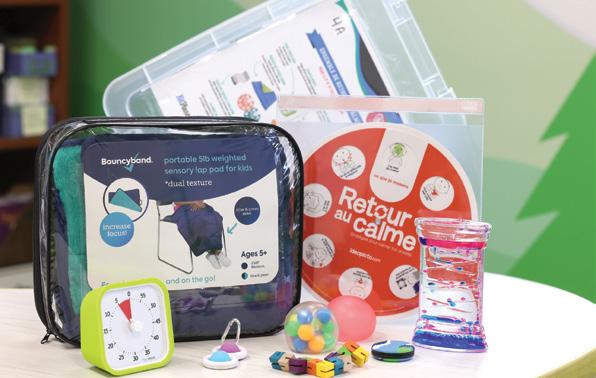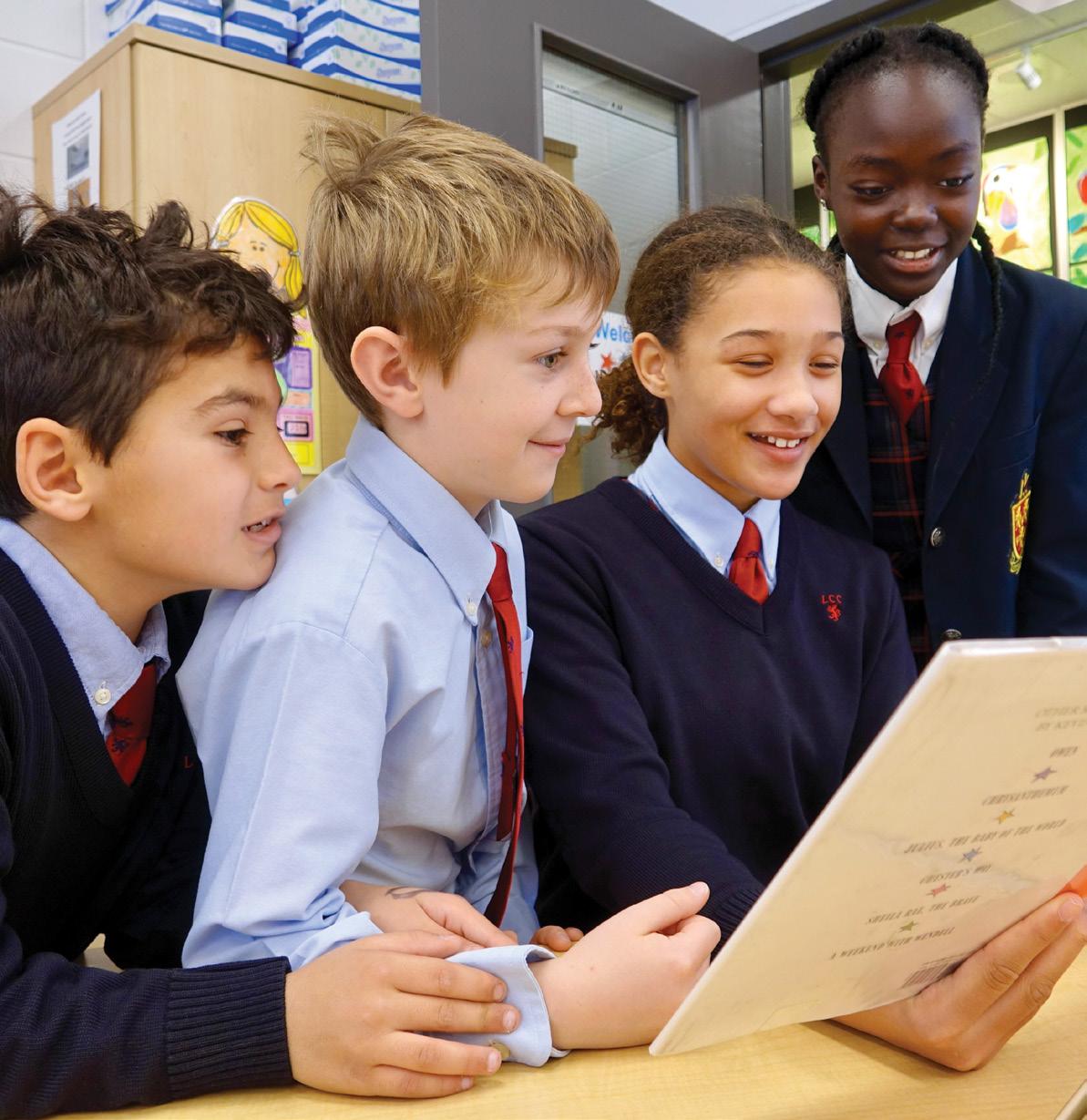
4 minute read
Inclusive Learning in the Junior School
A culture of care that allows children to foster a love for learning
BY DANA KOBERNICK , COMMUNICATIONS MANAGER
In keeping with its mission to support the fullest development of students in mind, body and heart, LCC cultivates a learning environment where they can thrive, and where every student feels valued, included, and respected.
In the Junior School, the focus has been on creating a space where students can express themselves, recognize that their voice matters, and develop their sense of belonging and connection to the school. A number of new initiatives were recently launched to establish this kind of educational experience.
Here are a few examples:
SOCIAL AND EMOTIONAL LEARNING: A CULTURE OF CARE
At the heart of inclusive learning is a culture of care that allows children to foster a love for learning. To this end, and following the approach of a network called the Collaborative for Academic, Social, and Emotional Learning (CASEL), LCC’s Junior School professionals are building an environment where, as promoted by CASEL, young people can “acquire and apply the knowledge, skills, and attitudes to develop healthy identities, manage emotions and achieve personal and collective goals, feel and show empathy for others, establish and maintain supportive relationships, and make responsible and caring decisions.”
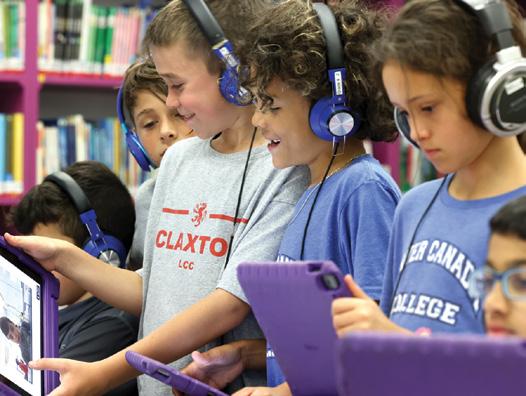
Leading the way is the social-emotional learning (SEL) team, composed of eight teachers and staff members representing each cycle and including the Junior School counsellor. The team is exploring how to implement instruction in the classroom so that students are equipped to acquire the five SEL competencies: self-awareness, self-management, responsible decision making, relationship skills and social awareness. The goal of this purposeful and collaborative model is to identify how these skills can be taught and built upon from year to year, ensuring a seamless progression from grade to grade.
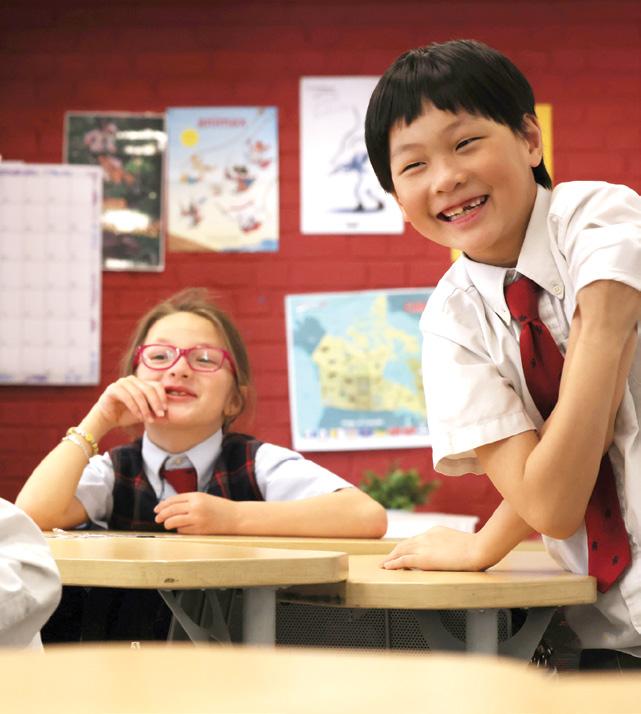
“Students need help developing these competencies,” says Cynthia MacDonald, Junior School French teacher. “Learning how to resolve conflicts, self-regulate, work together as a team and understand how their actions impact others are skills that will serve them well into adulthood.”
RESPONSE TO INTERVENTION MODEL: A PROACTIVE APPROACH
Based on the premise that students differ in the way that they learn, the Response to Intervention Model is a data-driven, multi-tier approach that enables teachers to adapt the support they provide in the classroom, depending on the students’ needs. In grades 1 and 2 English class, students are assigned to one of three groups. In tier 1, general class instruction is provided, in tier 2 students learn in a smaller group setting, and students in tier 3 benefit from one-on-one, personalized attention. This model ensures students are receiving differentiated instruction to meet their academic needs.
Implementation of this model is in its early stages, so the measurable outcome will only be known in a couple of years.
“The objective is to identify students who are experiencing difficulties early on in their educational journey and to provide additional support,” says Vanessa Mastromonaco, grade 1 English teacher. “This approach enables us to tailor our instruction to meet the diverse needs of our students and is beneficial for everyone.”
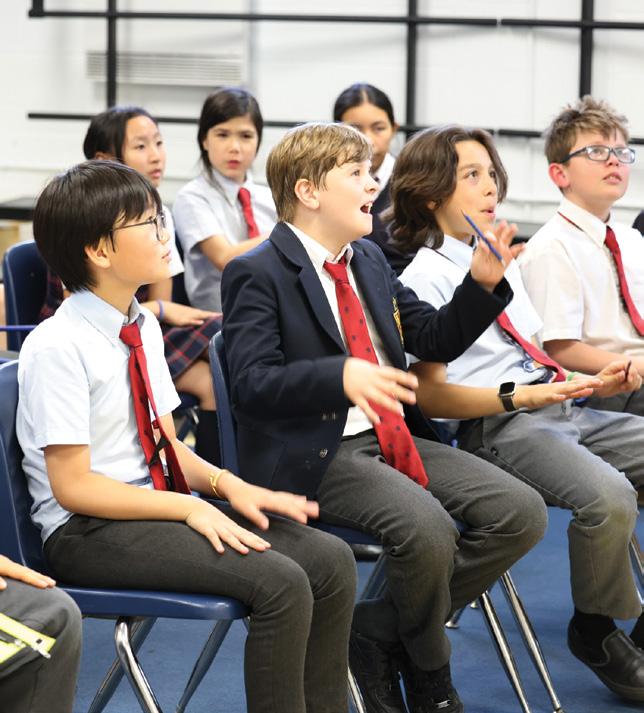
SENSORY EXPLORATION IN THE CLASSROOM
Students tend to be bombarded with sensory stimuli on a daily basis. Processing this effectively is how they learn to self-regulate and is essential to optimizing learning.
To allow for an experience that considers all learners, and following a workshop provided by an occupational therapist to build teachers’ knowledge around different sensory needs, a variety of tools was selected for each grade level. These tools, placed in sensory bins, include all kinds of things that can calm the students if they are feeling agitated and help them to refocus. Weighted animals and blankets, fidget tools, and visual timers are just a few of the items that students can access during independent work time. In addition, noise-cancelling headphones were purchased to reduce sensory overload for the students. All of this specialized equipment was acquired thanks to LCC’s annual giving campaign.
Sarah Kingsley, Junior School English coordinator, learning specialist and coordinator of the Learning Enrichment and Development Centre, offers an easy-to-understand analogy to her young students. “Like the temperature in a house, we all must learn how to regulate what we are experiencing throughout the day. When it’s hot outside, we turn the thermostat down. When it’s cold, we turn the thermostat up.”
Ms. Kingsley says that the addition of these sensory bins has created a more inclusive environment that is adapted to each individual. While still in the early stages of the program, the teachers are aiming for more intentional use of these items and systematic implementation across grades.
